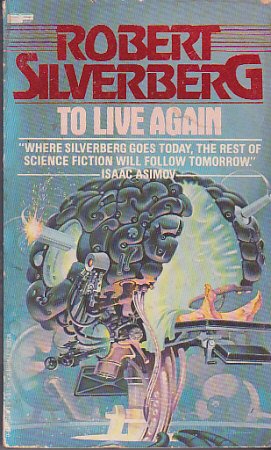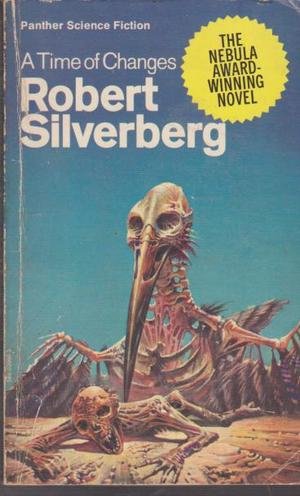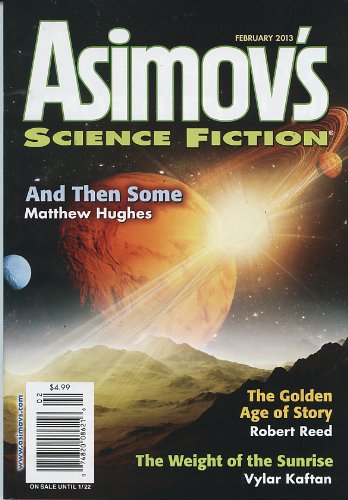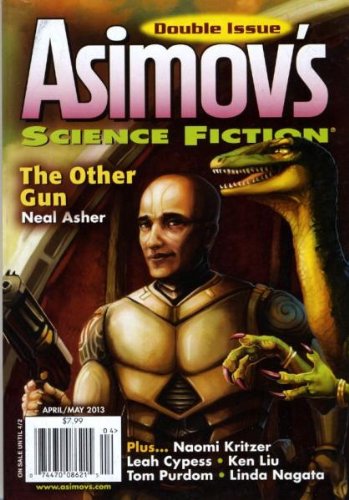Revolt on Alpha C by Robert Silverberg
A quick glance at The Quasi-Official Robert Silverberg Web Site will reveal that the author, during the course of his 60-year career, managed to somehow come out with no fewer than 75 science fiction novels, 180 “adult” and crime novels, 450 (!) sci-fi short stories and novellas, 125 adult/crime short stories, and 70 books of nonfiction… not to mention the 130 or so anthologies for which he served as editor! But all great writing careers have to begin somewhere, and for Robert Silverberg,
Read More

 (1935- )
(1935- )




































































COMMENT Was I hinting that? I wasn't aware of it. But now that you mention it.... 🤔
So it sounds like you're hinting Fox may have had three or so different incomplete stories that he stitched together,…
It's hardly a private conversation, Becky. You're welcome to add your 2 cents anytime!
If the state of the arts puzzles you, and you wonder why so many novels are "retellings" and formulaic rework,…
I picked my copy up last week and I can't wait to finish my current book and get started! I…